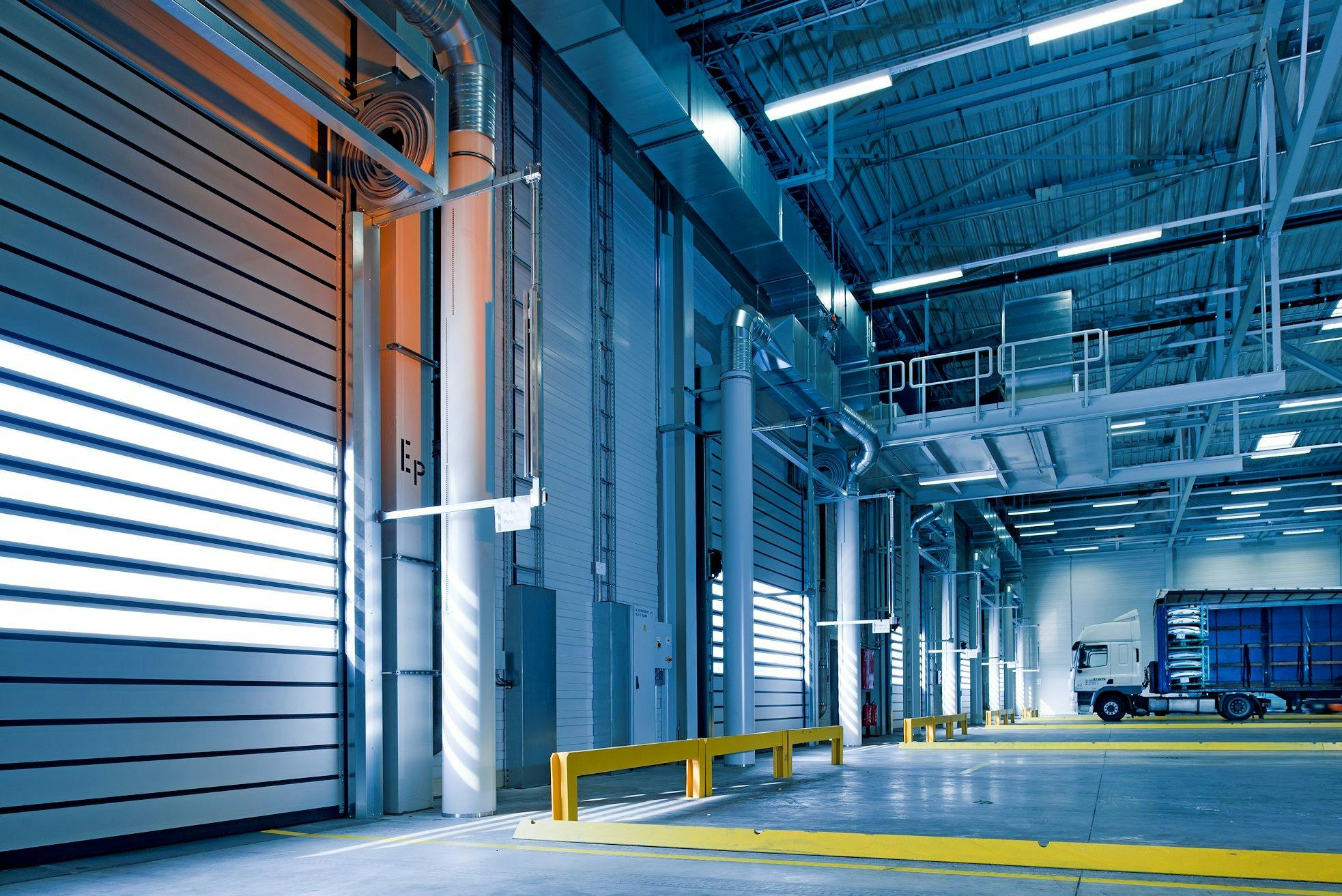In this article, we present best practices and innovative technologies that can help improve warehouse efficiency. This can significantly impact your business growth and set you apart from competitors.
Introduction
Operational efficiency in warehouses is fundamental to success in the logistics and manufacturing industries. Optimizing warehouse processes leads to significant cost savings, increased productivity, and improved customer service quality.
Where to start?
Analyzing warehouse processes is one of the most important steps in improving operational efficiency in your business. By thoroughly understanding and assessing current procedures, it is possible to identify areas needing improvement, leading to optimized operations and cost reduction. This process includes reviewing all aspects of warehouse management, including goods receiving and dispatching, inventory management, space optimization, and workflow monitoring. Using advanced analytical tools and modern technologies, we can provide precise data to support informed decision-making.
Through detailed analysis of warehouse processes, companies can:
- Identify bottlenecks, recognizing and eliminating obstacles in the flow of goods.
- Improve inventory management by minimizing surpluses and shortages, translating into cost reduction.
- Optimize space utilization – better organization of goods in the warehouse increases operational efficiency.
- Enhance customer service quality, resulting in faster and more accurate order fulfillment.
- Reduce operational costs – companies are exposed to fewer losses while increasing resource utilization efficiency.
Using advanced technological tools in warehouses
Technology plays an increasingly important role in warehouse management. The introduction of modern solutions can significantly improve warehouse operations efficiency. The most effective technological solutions include:
- Advanced WMS (Warehouse Management Systems) – these systems allow the automation of many processes, from receiving goods to shipping them. With WMS, it is possible to monitor warehouse status in real-time, increasing inventory control and minimizing errors.
- Warehouse robots – automation of tasks such as transporting goods within the warehouse can significantly speed up logistical processes. Robots can operate 24/7, increasing efficiency and reducing labor costs.
- RFID (Radio-Frequency Identification) systems – RFID technology allows for fast and error-free tracking of goods. This makes it easy to manage inventory, eliminating issues related to manual data entry.
- Artificial Intelligence (AI) – AI-based solutions can help optimize warehouse processes through data analysis and demand forecasting. AI can also support managing the work of robots and automation systems.
Optimizing warehouse layout
Optimizing the warehouse layout is crucial for operational efficiency. Ergonomic design of warehouse spaces shortens the time needed to complete individual tasks. The arrangement of goods in the warehouse should consider their turnover and frequency of use. High-turnover products should be placed in easily accessible locations, reducing the time needed to retrieve them.
Training staff and the role of technology in communication
Regular training of staff in handling modern technologies and best warehouse practices is essential. Employees need to know how to use the available tools effectively. Using mobile apps for communication and task management can significantly improve coordination. Apps provide quick access to information and facilitate team management.
Monitoring and analyzing performance
Regularly monitoring KPIs, such as order fulfillment time, inventory levels, and the number of errors, allows for ongoing evaluation of warehouse performance and identification of areas for improvement. Analyzing collected data enables continuous process improvement. It helps identify trends, predict future problems, and implement effective solutions.
Conclusion
Improving warehouse efficiency is achievable by applying the right methods and technologies. Entrepreneurs often ask themselves: how to start this transformation? Contact us to learn more about how we can jointly modernize and streamline your warehouse. Our team will help you analyze internal warehouse processes, set efficiency improvement goals, and propose customized software solutions. Fill out the contact form, take advantage of a free consultation with our specialist, and become a leader in the logistics industry!




